Here, I have used three variables; calories, protein and fat from the dataset UScereal which we is stored in the MASS package of R programming. And, to see the relationship between these three variables, we can use different types of visualization methods as scatter plot matrix, coplot and spinning three dimensional scatter plot as given below.
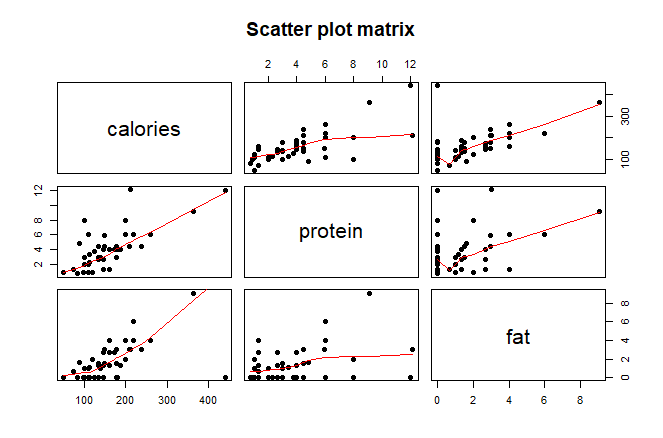
From the above scatter plot matrix, we can see that there is fairly strong positive association between variables calories and fat, calories and protein but weaker positive relation between protein and fat. That means, calories increase with the increase of level of fat as well as protein and vice versa. Also, even there is weaker positive association between fat and protein, we can say that the level of fat tends to increase with the increase in protein and vice versa.
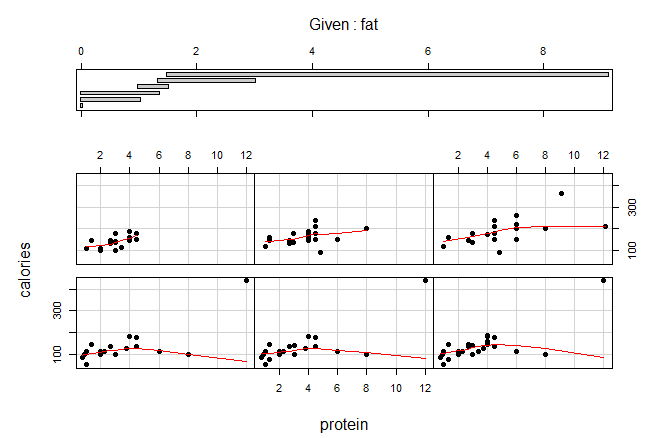


Above three plots are called coplot which gives more accurate result in than scatter plot matrix. In this plot, one variable is given and we find the relationship between other two variables.
In the first coplot, we can see the weaker positive association between calories and protein at the top panels and almost no association at the bottom panels when fat variable is given or controlled.
In second coplot, variable calories is given/controlled and we can see there is no association between fat and protein.
And in third graph, if we control variable protein, there will be strongly positive association between calories and fat as in the scatter plot matrix.

Finally from the above spinning 3D scatter plot matrix as well, we can see that is strongly positive association between calories and fat, weaker positive relationship between protein and calories and no association between protein and fat.
Two special cereals that seem to deviate from the general relationship patterns are; 1) Grape-Nuts which has the highest calories but lowest level of fat . 2) Great Grains Pecan.
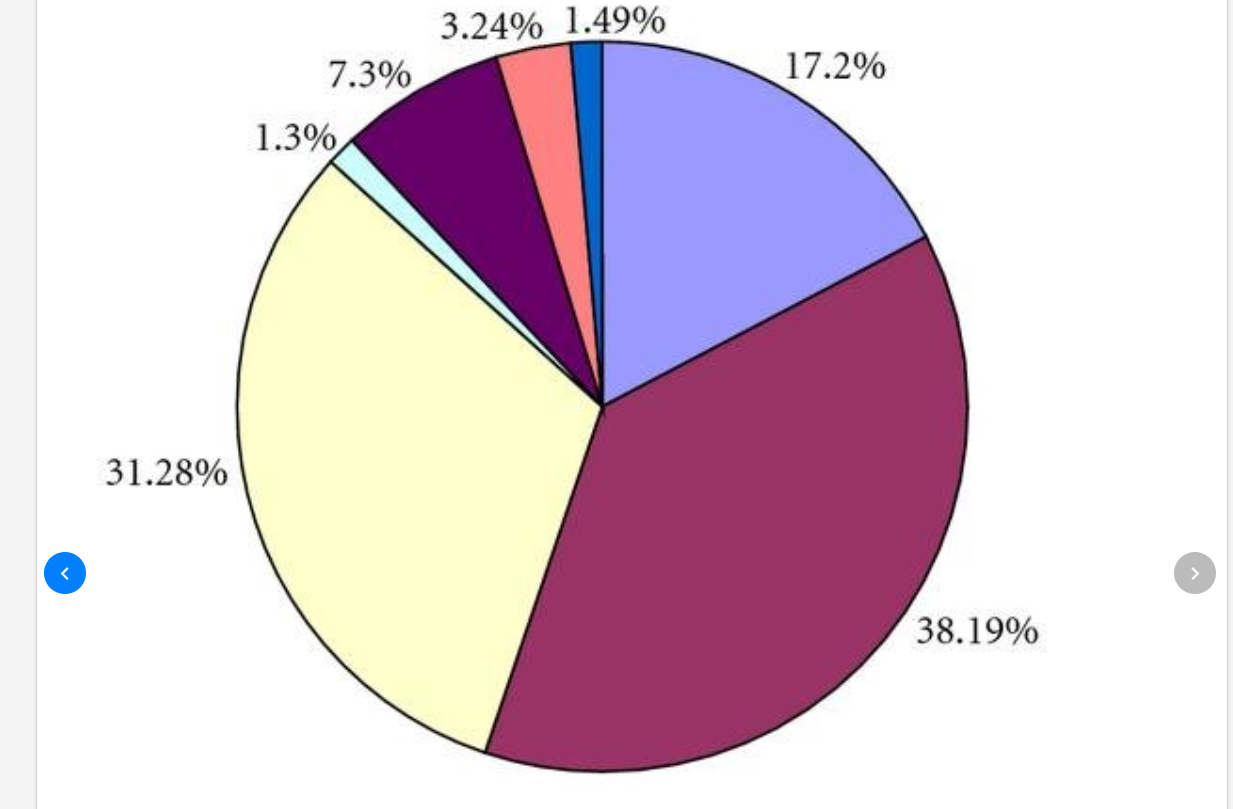

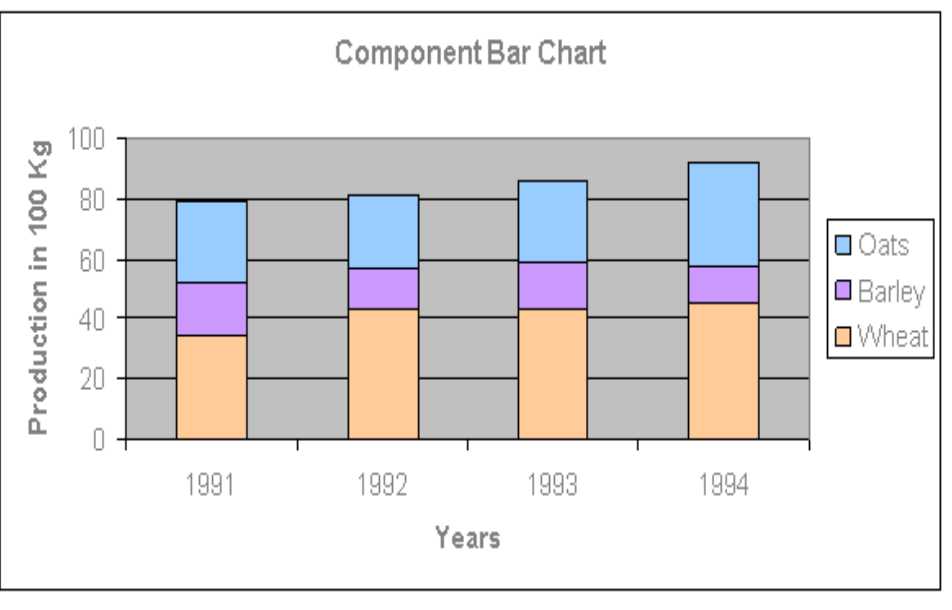
















 The data is collected from a survey of large group of students from a introductory class where I have randomly sampled 100 students. I chose gender and number of shoes owned by male and female students and wanted to see the difference between the distribution of number of shoes owned by them. I first constructed parallel dot plot or parallel one dimensional Scatter plot which is shown above. From this plot, we can see that females tend to own more shoes in compare to male students but we do not know how many more shoes do females own.
The data is collected from a survey of large group of students from a introductory class where I have randomly sampled 100 students. I chose gender and number of shoes owned by male and female students and wanted to see the difference between the distribution of number of shoes owned by them. I first constructed parallel dot plot or parallel one dimensional Scatter plot which is shown above. From this plot, we can see that females tend to own more shoes in compare to male students but we do not know how many more shoes do females own.


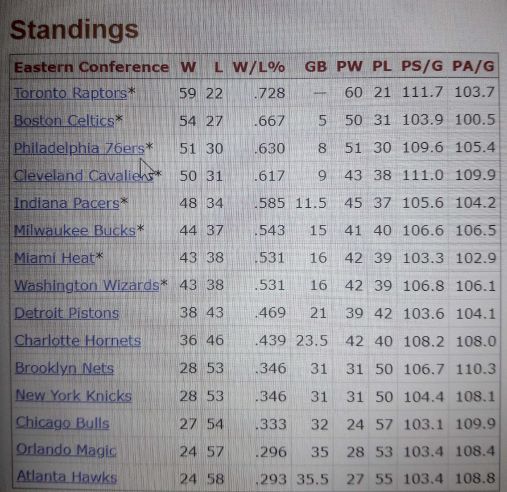










 The above figure shows how population has been increased within 10 year from 2000 to 2009 in United Arab Emirates. We can see two vertical scales, the actual population is on the right scale and left scale represents log transformation of the population with base 2. The actual population has been increased exponentially but after taking log transformation, we can see constant rate of increase in population. Thus, this transformation is helpful in a way as it shows how the population is increasing without doing any further arithmetic.
The above figure shows how population has been increased within 10 year from 2000 to 2009 in United Arab Emirates. We can see two vertical scales, the actual population is on the right scale and left scale represents log transformation of the population with base 2. The actual population has been increased exponentially but after taking log transformation, we can see constant rate of increase in population. Thus, this transformation is helpful in a way as it shows how the population is increasing without doing any further arithmetic.




